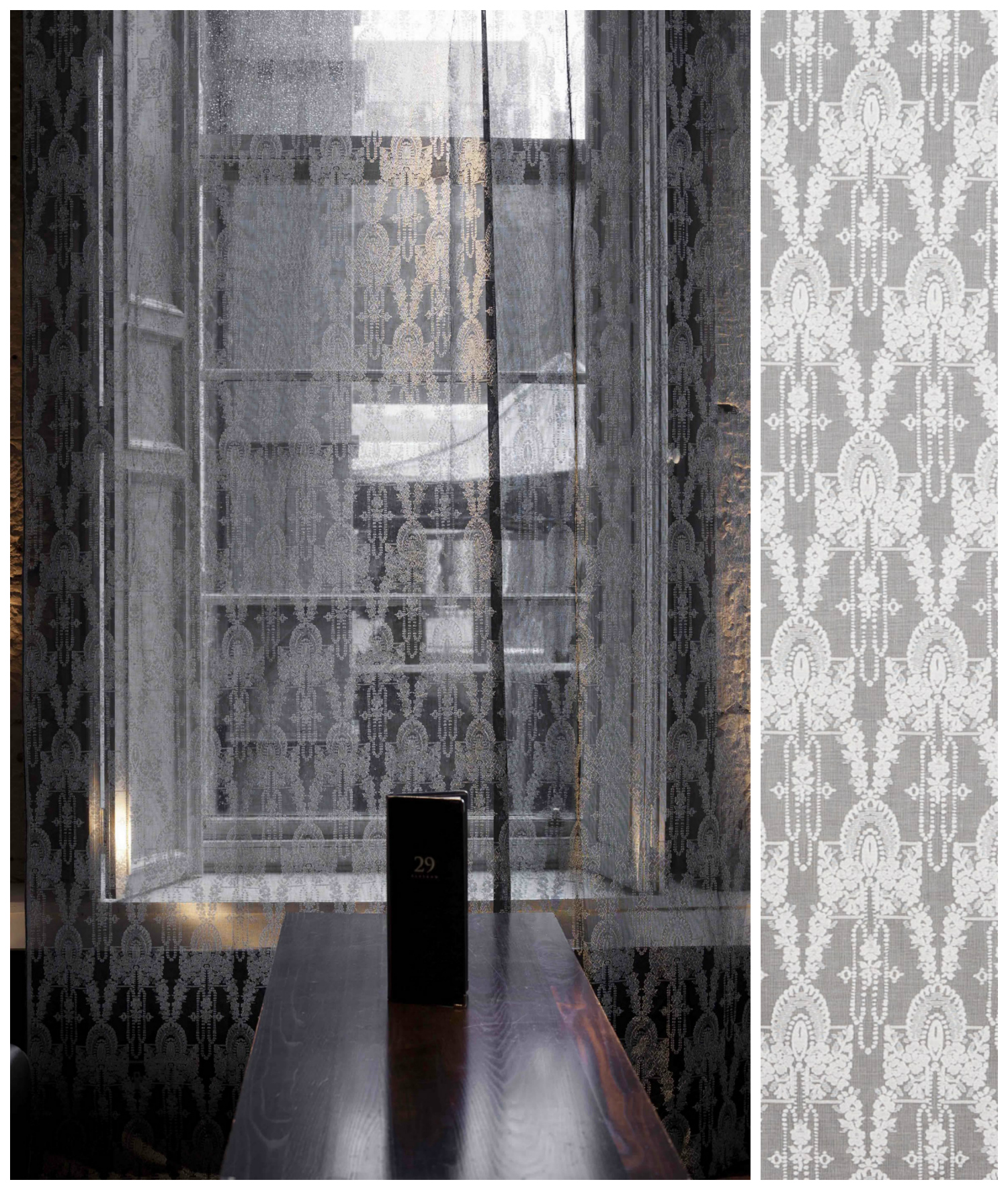what is your idea of perfect design happiness?
GOOD ARCHITECTURE, GREAT LIGHT, A HEALTHY BUDGET
AND A TRUSTING CLIENT.
what is your greatest fear in design?
TRENDINESS.
which historical design figure do you most identify with?
RALPH LAUREN.
which living designer do you most admire?
TOM SHEERER, JEFFREY BIHUBER,
AND MY DESIGN PARTNER, MAX HUMPHREY.
what profession other than design would you like to attempt?
I’D DEFINITELY BE WORKING IN THE FASHION INDUSTRY.
what is your greatest design extravagance?
BEAUTIFUL BEDDING, TEXTILES AND RUGS.
when and where were you happiest with your design?
I’M HAPPIEST RIGHT NOW! THERE’S SO MUCH GOING ON
AND EVEN MORE TO LOOK FORWARD TO.
what do you consider your greatest achievement in design?
I’M PRETTY PLEASED ABOUT BEING A PIONEER IN THE WORLD OF
WHAT’S COME TO BE KNOWN AS ‘E-DESIGN.’ MY INSTANT/SPACE
CONCEPT WAS THE FIRST OF ITS KIND, AND CONTINUES TO BE A
BUSY SEGMENT OF OUR BUSINESS TO THIS DAY.
if you died and came back as another designer or design object,
who or what do you think it would be?
A PIECE OF CONTEMPORARY ART. I’D CREATE CONVERSATION
AND DEBATE AND HOPEFULLY MAKE A FEW PEOPLE SMILE.
what specific design related talent are you lacking
that you would you most like to have?
I WISH I COULD SEW.
what is your most treasured design related possession?
THE ART I’VE COLLECTED OVER THE YEARS.
what do you regard as the lowest depths of misery in design?
MCMANSIONS.
what curse word do you most frequently use?
WOW.
I DON’T REALLY CURSE THAT MUCH.
what is your favorite design related word?
CRISPY.
what is your least favorite design related word?
TRANSITIONAL.
IT’S THIS MADE UP WORD AND I DON’T GET IT.
what turns you on in design?
VINTAGE PIECES MIXED WITH MODERN ONES.
BOOKS ON BOOKSHELVES.
what turns you off in design?
WHEN PROFESSIONALS SAY ‘HEIGHTH’ INSTEAD OF ‘HEIGHT’,
AND ‘NITCH’ INSTEAD OF ‘NICHE.’
I ALSO CAN’T STAND CHENILLE.
what is your motto in design?
GOOD. FAST. CHEAP. PICK TWO.
//
IMAGE CREDITS // Images provided by Betsy Burnham.
ABOUT PROUST ON DESIGN // Answered by our design icons, these must-ask questions come from a 19th century parlor game made popular by Marcel Proust, the French novelist, essayist & critic. Proust believed the direct questions and honest responses that they elicited revealed the true nature of the individual. For this column, we have put a design related spin on the traditional questions. While this method has been used by many journalists throughout the years, we were primarily inspired by The Proust Questionnaire, which appears monthly on the back page of one of our all time favorite magazines, Vanity Fair (also Krista’s alma mater). Read all of the previous Proust on Design questionnaires here.
















































